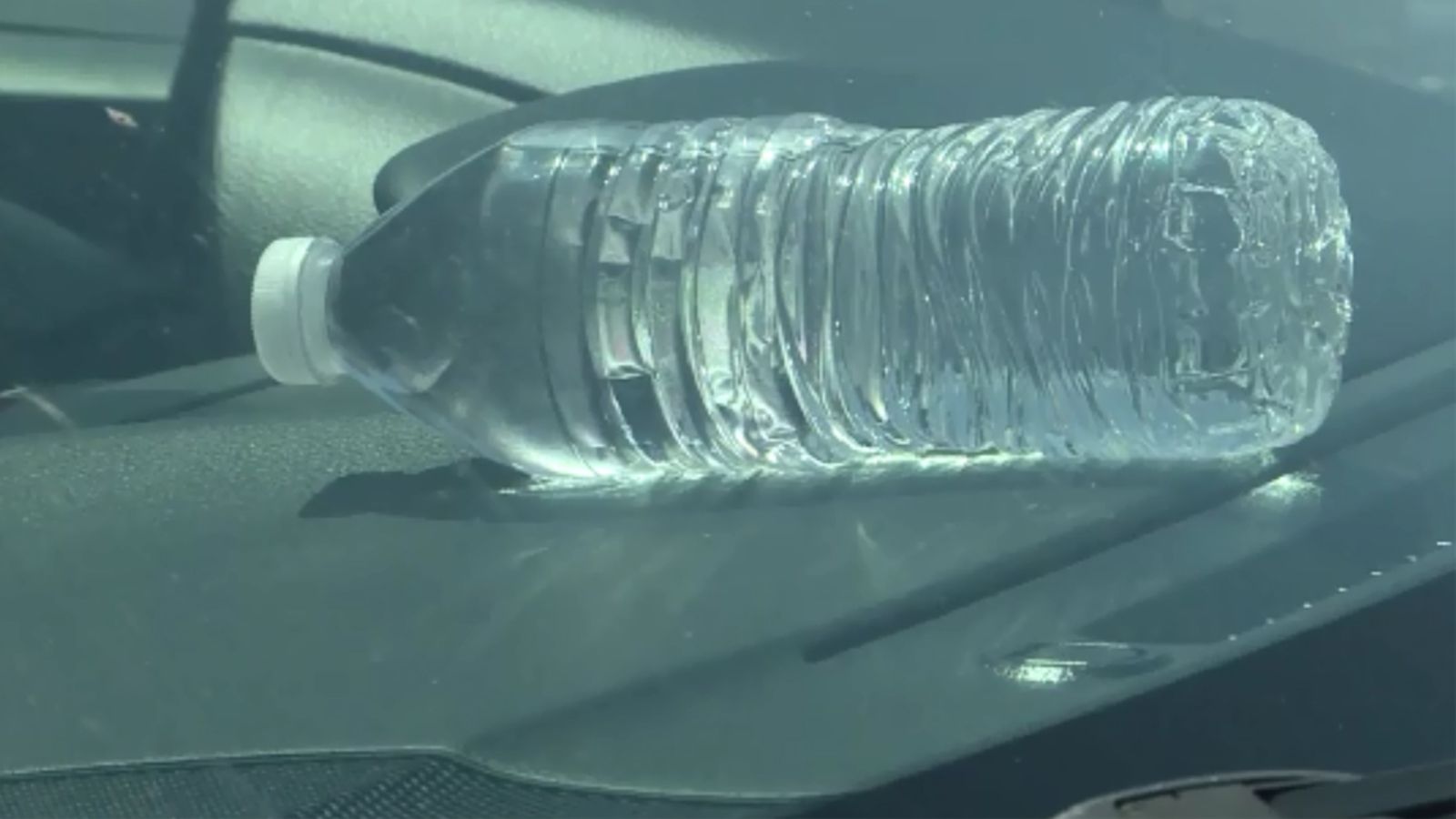
As the summer sun blazes across the United States, a common sight emerges in nearly every parked vehicle: a forgotten plastic water bottle, perhaps half-empty, glistening under the relentless heat. It’s an innocent enough accessory, a testament to our collective drive for hydration amidst soaring temperatures. Yet, behind this seemingly benign convenience lurks a complex set of risks that warrant our serious attention, transforming a simple sip into a potential health gamble.
Experts are sounding the alarm, cautioning against the seemingly harmless act of reaching for that sun-baked bottle. They articulate a dual threat, a ‘double-edged sword’ as Dr. Paul Savage, a toxin expert and chief medical officer at MDLifespan in Chicago, aptly describes it. This potent combination of chemical leaching from the plastic and rapid bacterial growth creates conditions that could genuinely pose a risk to your well-being, urging us all to reconsider our habits.
At the heart of the chemical concerns lies polyethylene terephthalate, or PET, the type of plastic commonly used for many single-use water bottles. When these bottles bask in the heat, the very polymer chains that form their structure can begin to break down. This degradation initiates the release of various chemicals directly into your drinking water, even if in trace amounts, introducing substances that warrant careful consideration.
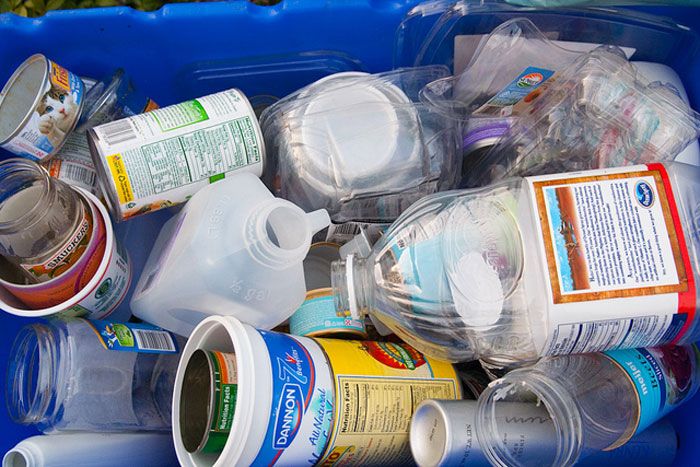
Among the compounds that can migrate into the water are phenols, including bisphenol A (BPA), and phthalates. These are more than just chemical names; they are classified as endocrine disruptors. Nicole Deziel, an environmental epidemiologist at the Yale School of Public Health, precisely defines them, stating they “interfere with the natural hormones in our body,” a significant concern given their widespread presence.
While the U.S. Food and Drug Administration (FDA) has historically maintained that current levels of BPA and phthalates used in food packaging are safe, it is notable that many of these substances have already been banned or voluntarily phased out, indicating an evolving understanding of their impact. However, some experts express disagreement with the FDA’s stance, citing studies that have linked early life exposures to these chemicals with chronic health conditions such as allergies, asthma, and Type 2 diabetes, underscoring the ongoing debate and potential long-term implications.
The warmth inside a vehicle acts as a catalyst for this chemical migration. Plastics can start to leach chemicals when temperatures reach a relatively mild 85 degrees Fahrenheit. The process doesn’t just begin then; it accelerates with remarkable speed as the mercury climbs higher, becoming significantly more pronounced when temperatures soar above 100 degrees, creating a hotbed for chemical release.
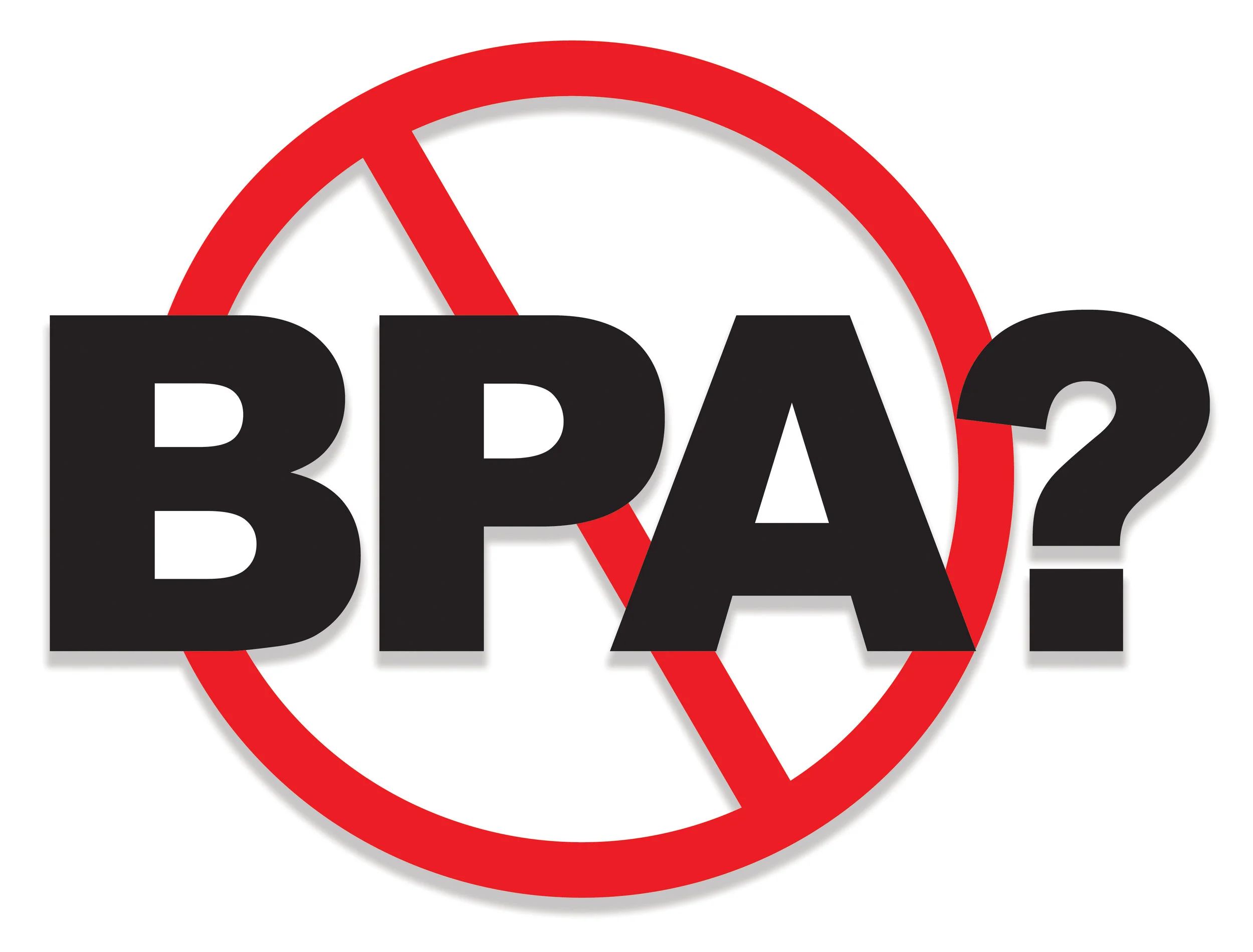
Paradoxically, even bottles proudly labeled “BPA-free” may not offer the sanctuary of safety one might expect. Many of these products utilize chemical substitutes that, according to Dr. Savage, are structurally quite similar to BPA itself. The troubling implication here is that these alternatives may harbor similar endocrine-disrupting effects, potentially negating the perceived benefit of avoiding BPA altogether.
Scientists remain cautious about these substitutes, largely because they haven’t been subjected to the same extensive study as their predecessors. This lack of comprehensive research means we are navigating largely uncharted waters concerning their long-term health impacts, reinforcing the call for prudence when choosing our hydration vessels.
Beyond the well-known chemical leaching, another subtle yet pervasive threat emerges from plastic bottles: microplastics. These incredibly tiny plastic particles, measuring less than 5 millimeters in length (about the size of a sesame seed or smaller), can shed from the bottle over time. The shedding process is particularly accelerated under the intense conditions of heat and exposure to UV light filtering through car windows, meaning the water you drink could literally contain microscopic plastic fragments.
Indeed, a 2018 study that analyzed water from plastic water bottles purchased in nine different countries found plastic fragments in a staggering 93 percent of them, highlighting the ubiquity of this issue. The full impact of microplastic exposure on human health is still unfolding, but animal studies have already linked it to concerns such as inflammation, cellular stress, and hormonal disruption, painting a cautious picture of their potential effects.
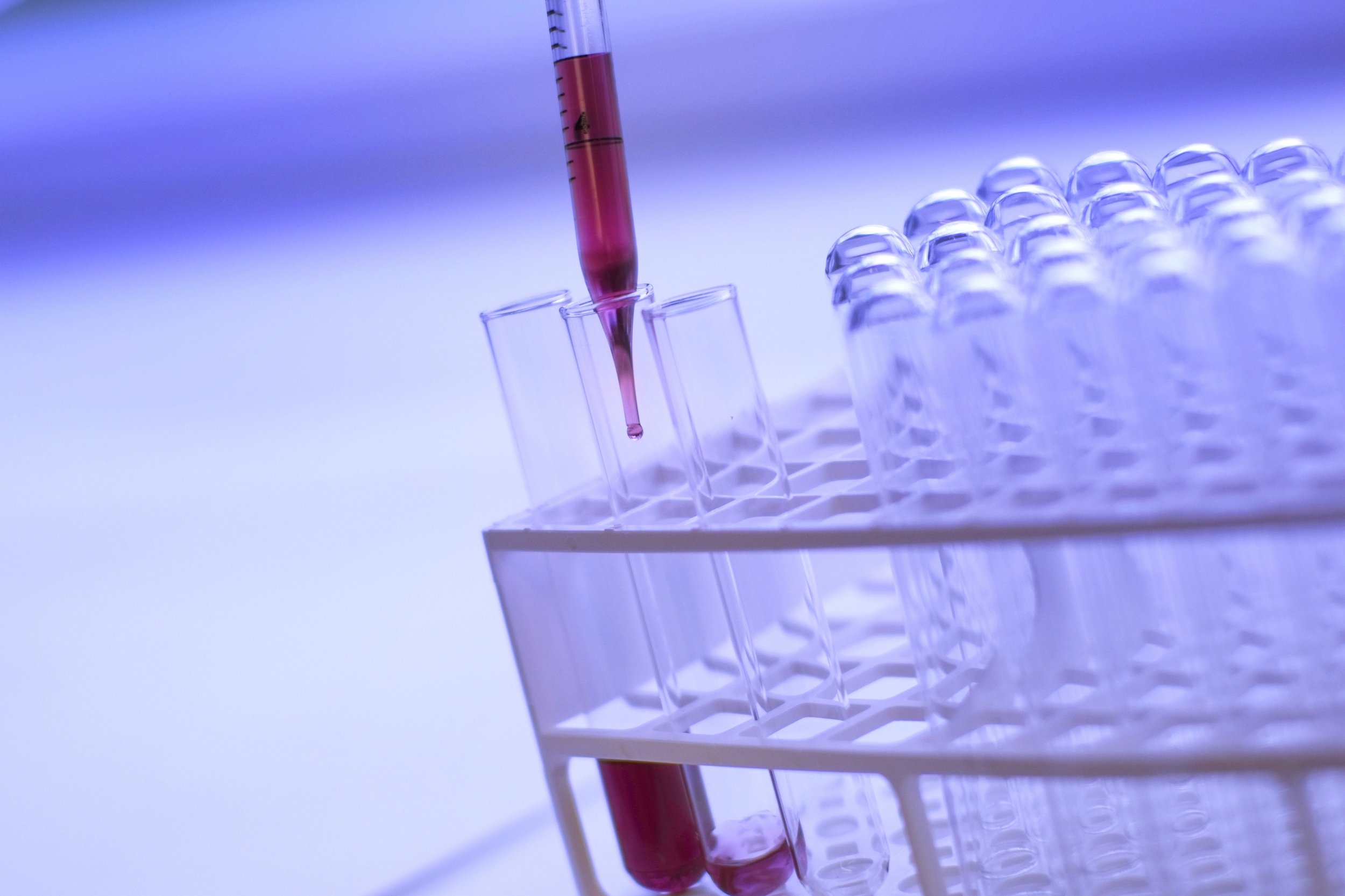
Adding to the urgency of this concern, a 2025 study revealed that microplastics had accumulated in the kidneys, livers, and brains of recently deceased humans. This unsettling finding suggests that these minute particles are not merely passing through our bodies but are instead settling in vital organs, raising profound questions about their long-term presence and potential effects on our physiological systems.
However, the risks associated with heated plastic bottles extend beyond chemical contamination. The second major concern is the proliferation of bacteria, transforming an opened bottle into a thriving microbial ecosystem. Once a plastic bottle is opened, and you’ve taken a sip, bacteria from your mouth, hands, or even the ambient air can enter the water, setting the stage for rapid multiplication, especially in warm environments.
Common culprits include E. coli and Staphylococcus aureus, the latter of which is a known cause of food-borne illness. Dr. Savage warns that while many of these bacteria are harmless in small amounts, “heat can amplify their growth, potentially leading to harmful levels that cause gastrointestinal issues or infections,” transforming a minor inconvenience into a genuine health hazard.

The physical characteristics of plastic bottles further exacerbate this bacterial challenge; microscopic grooves and scratches within the plastic provide ideal hiding spots and breeding grounds for these microorganisms. Studies have illustrated just how quickly this can happen, finding that bacteria can multiply in open bottles within as little as 48 hours, even when simply left at room temperature.
Inside a scorching car, the environment becomes even more conducive to rapid microbial expansion. The interior of a car often becomes significantly hotter than the outside air, creating the perfect conditions for bacteria to grow quickly, potentially reaching concerning levels within just a couple of hours. This accelerated growth rate elevates the risk of consuming harmful bacteria, making that quick sip a gamble.
Amidst these genuine concerns, it’s important to differentiate fact from fiction, as some alarms about heated plastic bottles have been exaggerated or misunderstood over time. One such persistent claim involves the release of dioxins, known carcinogens, when plastic bottles are left in hot cars. This particular rumor, which gained significant traction in part due to a viral 2006 email attributed to musician Sheryl Crow, a breast cancer survivor, has been definitively debunked by scientists.
Experts firmly affirm that PET, the material in question, simply does not contain or produce dioxins, laying to rest this particular widespread misconception. While it is crucial to remain vigilant about legitimate health risks, it is equally important to rely on accurate scientific information, dispelling unwarranted anxieties and focusing our attention on the real dangers.
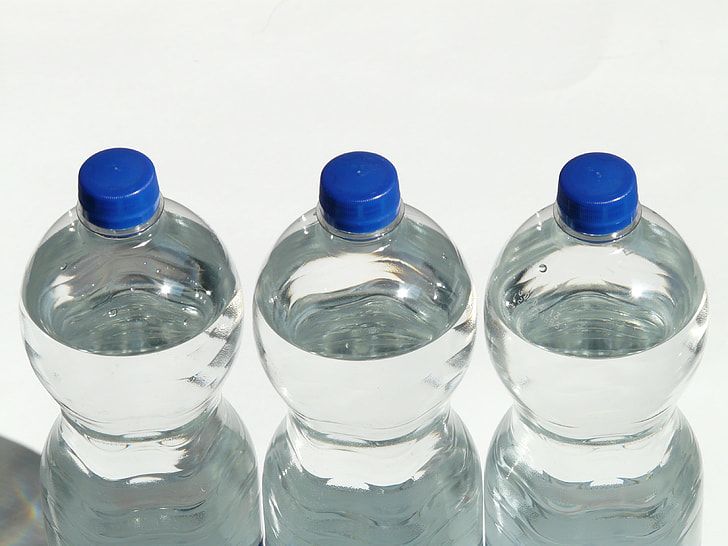
Beyond the water bottle itself, the intense heat inside a parked car presents a host of other dangers that merit a brief but crucial mention. While the focus remains on hydration, the extreme temperatures can create conditions ripe for other unexpected hazards. For instance, clear water bottles filled with clear liquid can, under very specific conditions, act like a magnifying glass, concentrating sunlight and potentially igniting nearby objects.
David Richardson, administration major for the Midwest City Fire Department in Oklahoma, initially doubted this risk but demonstrated how a water bottle could burn a hole through paper in a controlled environment. He emphasizes that this requires a “perfect storm” of conditions, including the angle of sunlight and clear liquid, meaning the chances are “pretty small, but they’re not impossible,” adding an intriguing dimension to the list of hot car dangers.
Considering these myriad potential risks, experts consistently recommend a straightforward approach to safer hydration. The primary advice is to avoid the reuse of single-use plastic water bottles, especially when anticipating exposure to hot environments. These bottles are not designed for repeated use or high-temperature resilience, making them less suitable for long-term or challenging conditions.
For those committed to staying hydrated on the go, the consensus among experts leans overwhelmingly towards more durable and inert materials. Bryan Quoc Le, a California food scientist and author, explicitly states that “glass and stainless steel can withstand repeated heat and sun exposure,” making them superior choices for reliability and safety. These materials offer a robust alternative, providing peace of mind against chemical leaching.
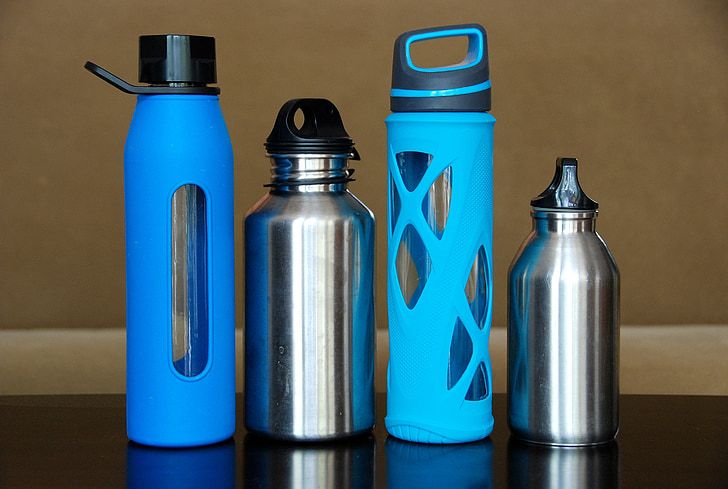
Furthermore, glass and stainless steel bottles present practical advantages for cleanliness, an essential factor in preventing bacterial growth. They are considerably easier to clean thoroughly and can endure high-temperature washing, which, as Le adds, “can reduce microbial growth,” ensuring a more hygienic drinking experience. This durability allows for rigorous sanitation, crucial for repeated use.
While some reusable water bottles made from harder plastics like polypropylene or different forms of PET are less prone to breaking down under heat or sunlight compared to their single-use counterparts, Dr. Deziel offers a nuanced caution. She reminds us that “they’re still plastic, and over time, wear and heat can degrade them, too,” implying that no plastic is entirely immune to the effects of environmental exposure.
Beyond material choice, the simplest, most direct advice for any partly drunk water that has been left in the heat, regardless of the container, is to discard it. As Dr. Ross succinctly puts it, “If you’re unsure, don’t drink it.” This straightforward principle prioritizes safety above all else, eliminating the guesswork and potential for contamination.
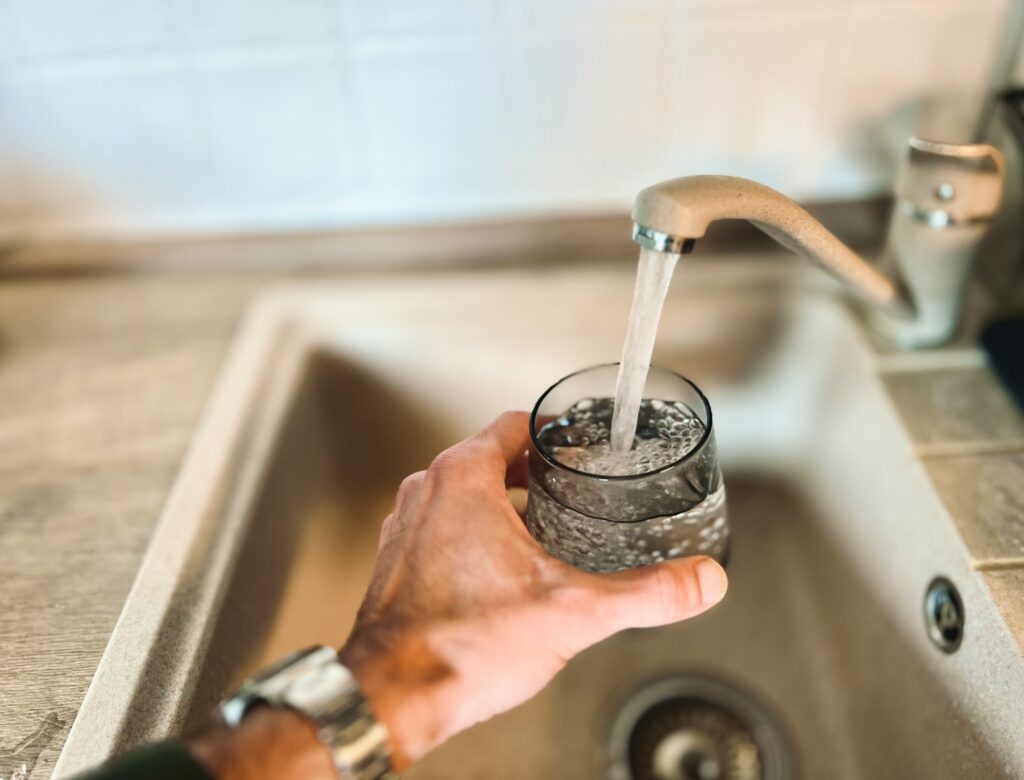
The widespread consumption of bottled water, with 88% of Americans drinking it in 2024 according to The Harris Poll, underscores the need for practical alternatives to disposable plastic. Thankfully, numerous options exist that prioritize both convenience and health. These include readily accessible solutions like water coolers and fountains, which provide fresh, filtered water on demand.
Furthermore, consumers can easily install filters for kitchen faucets, transforming tap water into a safe and palatable option directly at home. Tabletop filtered pitchers offer another convenient way to purify water for daily consumption, while refillable containers from supermarkets provide bulk water solutions without the need for single-use plastics. These alternatives empower individuals to hydrate safely without compromising on convenience.
Ultimately, staying hydrated is a critical component of maintaining health, particularly during periods of extreme heat. However, our choices about how we hydrate can have unforeseen consequences. The journey from a seemingly convenient plastic bottle left in a hot car to a potentially harmful sip is a nuanced one, informed by complex chemical interactions and rapid microbial growth.
As we navigate the scorching days ahead, let us approach our hydration with informed awareness. By understanding the science behind the warnings and embracing safer, more sustainable alternatives like glass or stainless steel, we can protect ourselves from the ‘double-edged sword’ of chemical contamination and bacterial proliferation. Our health, and indeed our planet, will undoubtedly thank us for making these mindful choices, ensuring our well-being is always the priority.



